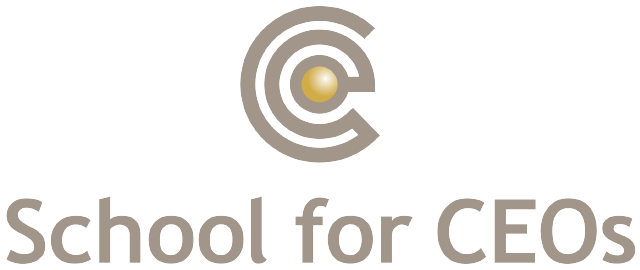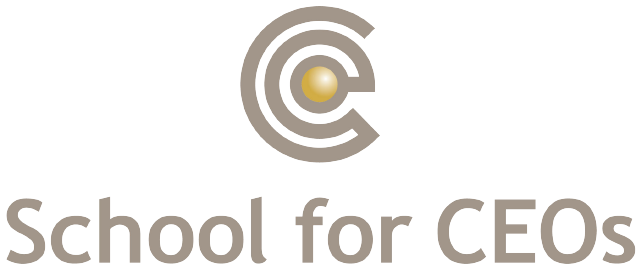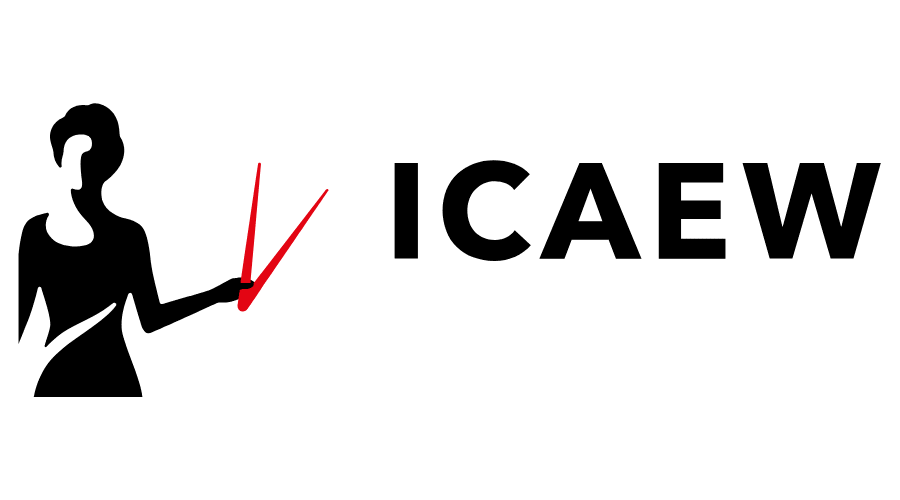As the HR director you know the next person who is appointed will be your new boss.
Depending on the context, you may have been involved in the appointment process including advising and facilitating the process with the chair and the board. More and more companies aim to develop their leadership requirements from within. If the CEO is an internal appointment you may be feeling extremely satisfied that the investment in futureproofing the succession planning process you led has paid off. If, on the other hand, the contextual landscape leads to an externally appointed CEO it is likely to bring with it a set of leadership unknowns for you to manage as part of the transition.
At the School for CEOs our leadership dimension model is a helpful framework to assist in formulating how the HR director can map the territory they need to prepare for. This is the same framework we teach CEOs on our leadership programme in terms of what they can expect to navigate following their appointment.
Managing up – This is about about managing the key relationships. As the HR director, how do you want this new relationship with the CEO to develop? What is the context being set by the chair and CEO? This will be a key part of understanding what is required. What politics are there to manage? How do you support and coach the new CEO to navigate some of the existing relationships in the organisation. Who do you turn to for advice and guidance as you begin to formulate your thinking and anticipate what might be top of the new CEO’s agenda. You will want to influence the priorities as the CEO figures out what to focus on.
Managing down – This is about the ability to be a strategic partner with the CEO and the leadership team to develop their purpose, vision and values. It's about being able to execute the strategy as well as make the necessary changes that are demanded as a result of the changing landscape. The people strategy will need to be revised, even rewritten. You have a depth of insight into the organisational structure, levels of engagement, performance and culture. There will be a need to maintain an agile and fast-paced approach to how you execute the people implications. How you mobilise your immediate team will be key. Determining what the organisation and strategic leadership and talent capability requirements are to lead and develop the culture for this next phase of the company will be a critical part of your agenda.
Managing in – This is your new boss, how does this change of leadership make you feel? How does this next stage of the company’s development fit with your own sense of purpose and values? What preparation do you need to undertake as you ready yourself for these early conversations with your new boss? How do you learn and grow from the previous CEO relationship to help inform your mindset, behaviour and actions with the new CEO?
Managing out – You need to be on top of the outside-in world. Who do you think are the key stakeholders and advisors to the new CEO? What are the expectations of the market given the change at the top? How do you plan to inform your external thinking given the increasing demands and changing expectations that lie ahead. Are you tapping into your network of relationships to help you?
Managing across – You are part of the previous CEO’s leadership team. You are a key influencer and carry weight and power that will be noticeable to your peers. They will be watching to see how your relationship develops. You know that the new CEO will be making an assessment regarding who’s 'on the bus'. As the HR director you will have to manage the duality of being both a team member and adviser to the CEO regarding the talent and capability. This involves both picking the right team and how you can support the CEO more broadly to sustain the company going forward.
These are five dimensions that can help the HR director prepare themselves as they go about helping the CEO set the tone and direction for the company.
June Boyle is a former HR director and currently programme director at the School for CEOs. The award-winning School for CEOs boasts a unique faculty of chairs and CEOs. Many help in the delivery of the school’s programmes, which are designed to develop the next generation of business leaders. School for CEOs sponsored the Most People-Focused CEO category at the HR Excellence Awards 2017. This is the third year of the organisation’s support of the awards.
This is the second of two think pieces by School for CEOs. Read the first, on 'The new CEO and the HR director' here












